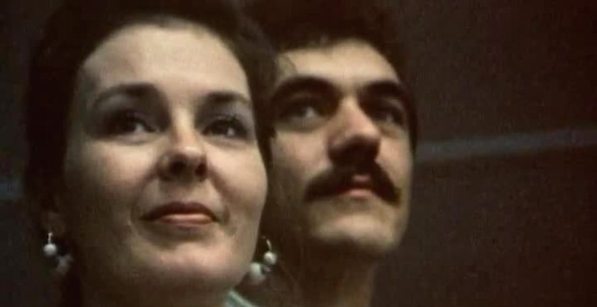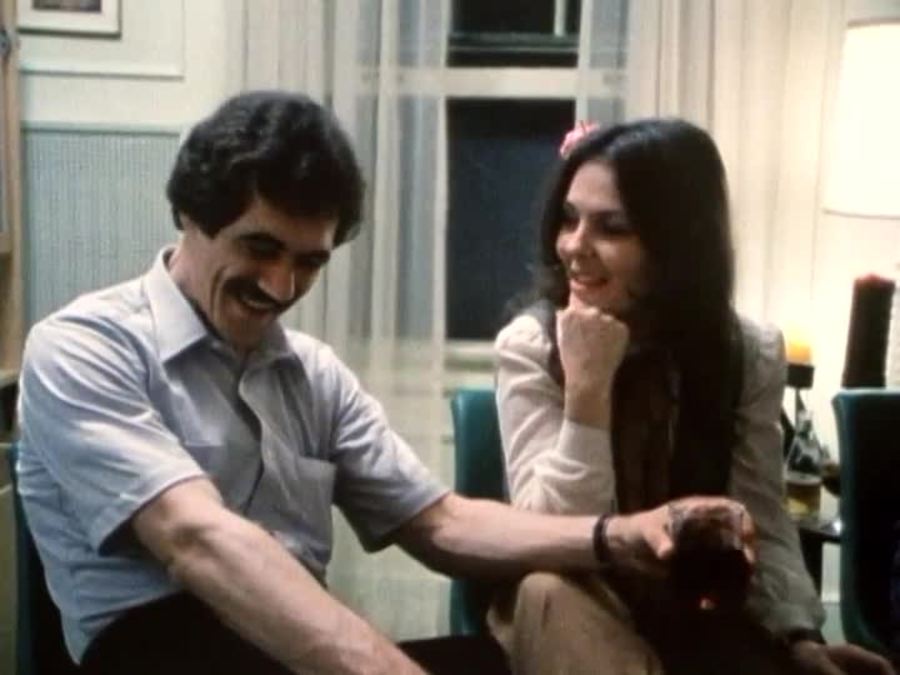Produced by the Oscar-winning filmmaker Peter Davis, the “Middletown” series broke new ground in documentary when it first aired on public television in 1982. Examining such topics as work, play, education, politics and love in the midwest working class town of Muncie, Indiana, the six-part series presents a vivid and multi-dimensional view of everyday American life. Seventeen remains the segment that’s most renowned for its unflinchingly candid look at the lives of high schoolers (so candid, in fact, that the segment was the only one pulled from broadcast due to concerns about how the minors were portrayed). But that candor is prevalent in all the segments, and raises questions about just how the filmmakers were able to attain such incredible access into the private moments of their subjects.
My favorite example is found in the segment Second Time Around, which follows David and Elaine, an engaged couple in the midst of their wedding preparations. This seemingly joyous occasion stirs up major tensions between the couple as they disagree over the bottom line financial arrangements to start their life together, from the kind of home they will buy to their individual and shared expenses. Their conflicts come to a head in a remarkably intimate and dramatically complex argument between them that serves as the focus for this video essay. The video looks at the scene and wonders: just how much is documentary reality really “directed” in how a filmmaker makes his way through an unscripted moment? This deeply sensitive conversation between a man and a woman seems to unfold fluidly and linearly, but a closer look reveals how much of the scene’s dramatic effect is created by in-the-moment reactions by the cameraman as well as carefully considered decisions by the editor.
If the reality of documentary romance is largely constructed by camera and editing, we might also consider how much of real life interactions amount to pre-constructed theater, with people locked in socially prescribed roles that they perform unawares. This scene in particular reveals an underlying tension between the gender roles performed in the relationship. David tries to assert his authority as the patriarch, though his job situation can’t quite uphold his desire to be sole breadwinner. Elaine vacillates between asserting her own dreams and desires for their life together and submitting to his male authority. From this we can see some of the shifts in the dynamic between couples in early 1980s middle America. Watching the scene in the light of the present, one wonders: just how much have things changed for men and women between then and now?
Kevin B. Lee is Chief Video Essayist at Fandor. He has made over 250 video essays exploring film and media. His award-winning “Transformers: The Premake” was named one of the best documentaries of 2014 by Sight & Sound Magazine and played in several festivals including the Berlinale Film Festival Critics Week. Follow him on Twitter at @alsolikelife.





